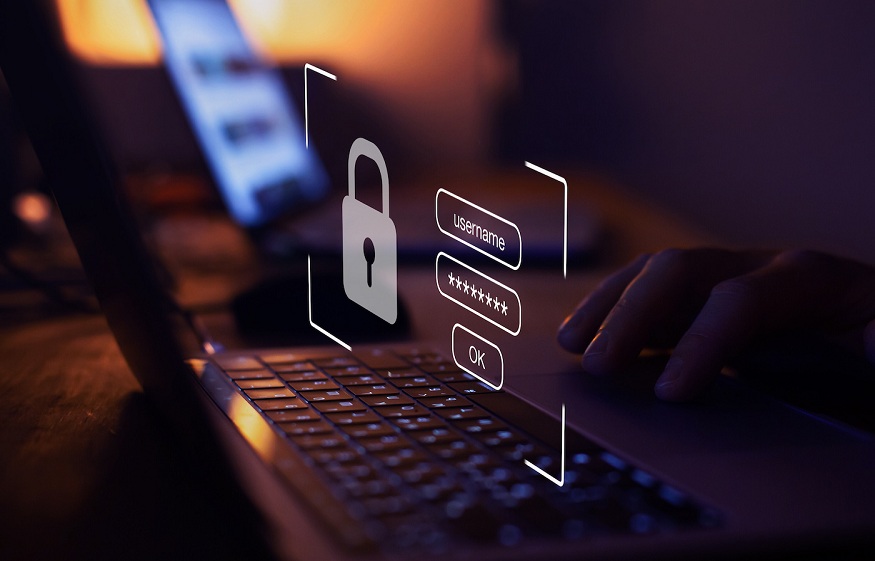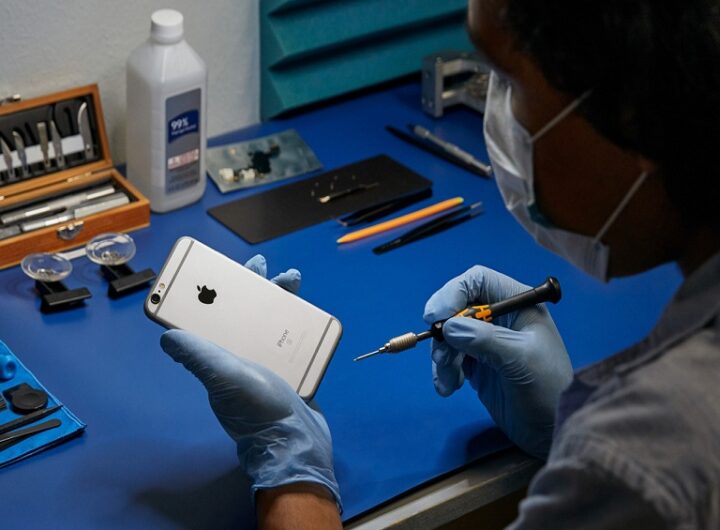
Mobile security patrols are an increasingly popular and effective way to provide security. They offer a physical and responsive presence, unlike security cameras and alarms.
Security guards in uniform or driving marked vehicles are easily recognizable. This concrete approach, of having a person dedicated to safety and security, has a deterrent effect, since it is obvious that the premises are secure. This serves as a warning to anyone wishing to commit a crime.
Indeed, mobile patrols have a deterrent effect and companies that use them in their security program report a decrease in criminal activity. If you are thinking of hiring mobile security patrols for your business, make sure the security guards use the latest software technology to increase their situational awareness. Security guards can scan checkpoints and submit incident reports with photos and videos directly from their smart phone. While in the office, managers can create and assign instructions, dispatchsecurity guards at the various sites and track their movements with GPS technology , which increases accountability and responsibility.
The future of mobile patrols
Technology is constantly evolving. For example, there are rapid advances in sensor technology, security cameras and robotics. The use of this improved technological equipment continues to increase for the protection of facilities, communities and people. More and more sensors are equipped with high-resolution cameras with artificial intelligence, so they are no longer triggered only by movement. These sensors can be programmed to incorporate facial and license plate recognition, as well as to record sounds and trigger an alarm when needed. Video surveillance, whether with the use of cameras or robots, can be integrated with artificial intelligence software during road patrols, to know the immediate environment, detect unauthorized entry of people and vehicles and trigger alerts.
Some forward-thinking security companies have equipped their mobile patrol departments with dual-sided dash cameras with artificial intelligence to keep officers and the public safe. Through the use of facial recognition, dash cams can track driving habits, officer fatigue, distractions, and more.
Smartphones with security applications are increasingly used by patrol officers to communicate using NFC technology to track their movements and transmit photos and videos in real time. NFC (near field communication) is an evolution of radio frequency identification that enables secure wireless connection and data exchange between two devices. NFC tokens are small embedded chips connected to an antenna that have a unique identification and can communicate through a NFC reader or scanner, such as a smart phone with NFC. It is possible to enter information into the memory of the CCP token by capturing it with the smartphone.
Camera, sensor and CCTV systems
Cameras, CCTV and sensors are more sophisticated than ever. Security cameras can capture high-resolution images and be controlled remotely using smart phones, among other things. Some security companies are already using 360° cameras on the roof of their patrol vehicles in order to have complete visibility of the surrounding environment. These cameras can also record day and night footage, so officers can keep track of any incidents that have happened while on patrol.
The sensors not only detect movement, but can also identify sounds, changes in humidity, etc. If they are installed on doors and windows, it is possible to trigger a recording when these are opened or closed. CCTV systems can also read and analyze data like vehicle license plates and map the movements of individuals, vehicles and security patrols.
Mobile surveillance devices and security robots
The introduction of artificial intelligence and robotics into security is an example of how automation can help security companies improve their operations. Security robots are increasingly used in supermarkets, healthcare facilities, casinos and public places. However, these robots cannot handle all types of situations that may arise, which is why the presence of humans is always required. For example, when instinct or compassion must be used to defuse a situation, or if the situation is dangerous, a robot may not react correctly. Unlike a human who can physically apprehend a criminal or walk up and down stairs. So,
As robotic surveillance technology becomes less expensive, more companies are using them to complement their security systems. We will therefore see more robotic patrols, particularly in places where surveillance may be difficult to carry out for logistical or financial reasons. Utility installations, which are often in remote locations and require protection at all times, are a good example. In addition, the needs of some customers are constantly changing and robots can perform perimeter intrusion detection.
Conclusion Today , mobile patrols remain a good choice for business owners with multiple buildings or large spaces. Indeed, a mobile patrol can cover a larger perimeter than the traditional static security guard. Security guards bring peace of mind to employees, especially for companies whose employees work 24 hours a day, since they ensure the safety of the working environment.
We can certainly hope that security companies that use mobile patrols will take advantage of the latest technological advances to help them detect suspicious behavior and fix issues in real time, protecting properties and facilities from vandals, intruders and other risks.

 Benefits of iPhone Service Centers
Benefits of iPhone Service Centers  From Concept to Deployment: A Practical Guide to Building AI Agents
From Concept to Deployment: A Practical Guide to Building AI Agents  The Editor’s Dream: User Experience in an Advanced CMS for Media Companies
The Editor’s Dream: User Experience in an Advanced CMS for Media Companies  Streamlining Product Development with ALM Solutions, Services, and Consulting
Streamlining Product Development with ALM Solutions, Services, and Consulting  The Hidden ROI of Hiring a SaaS Marketing Agency
The Hidden ROI of Hiring a SaaS Marketing Agency